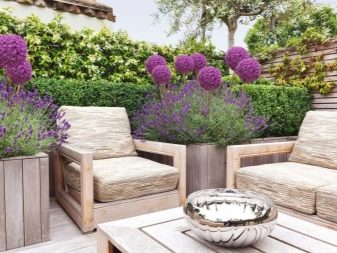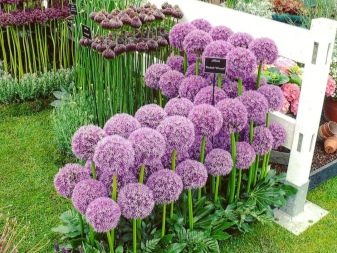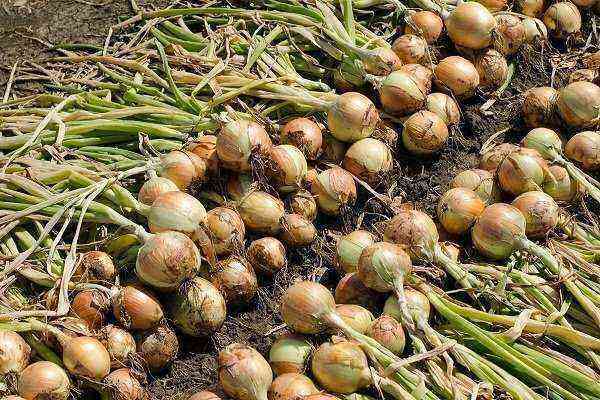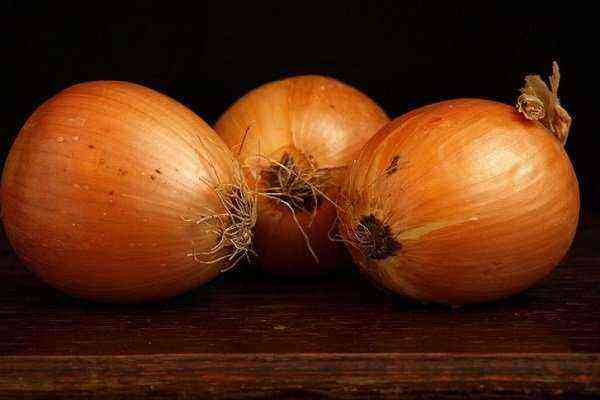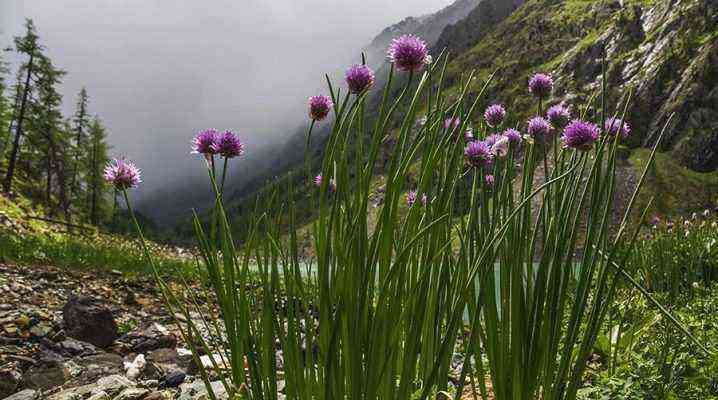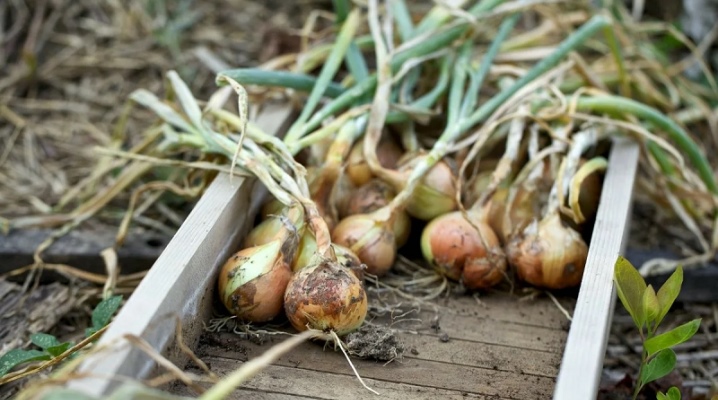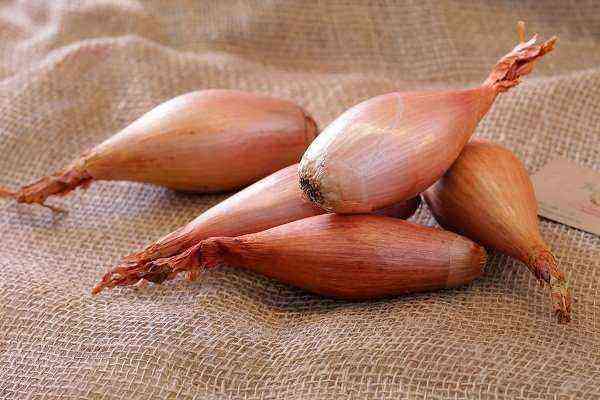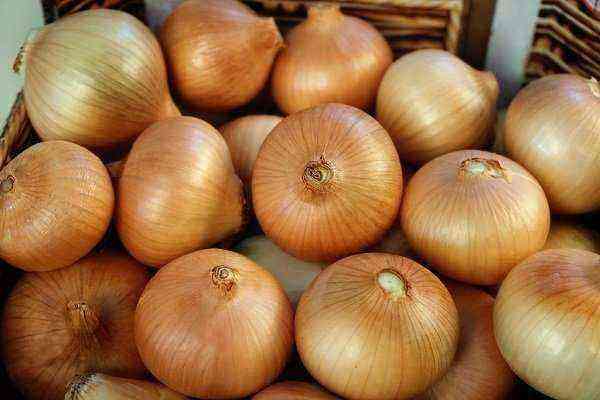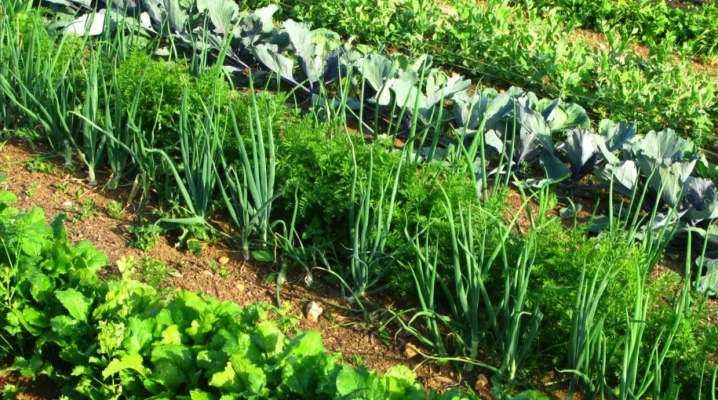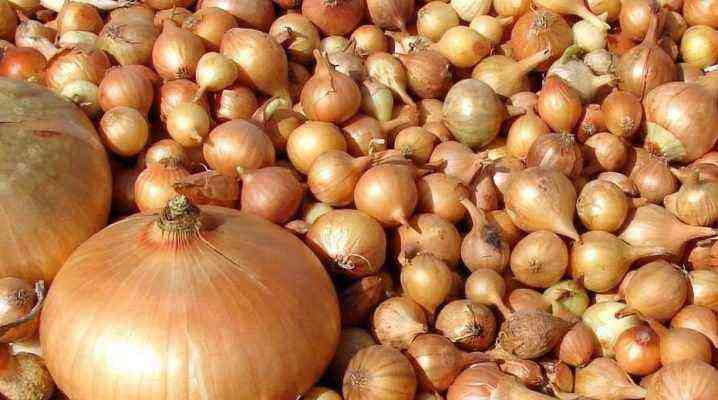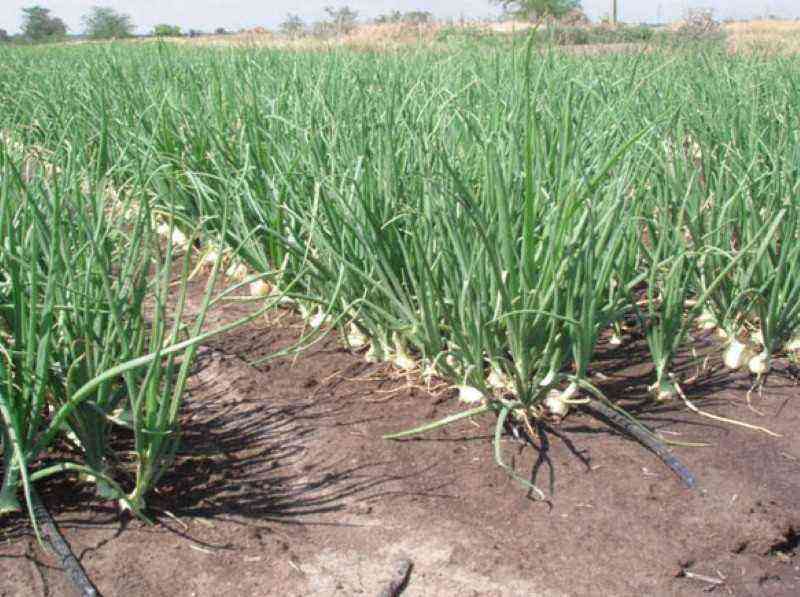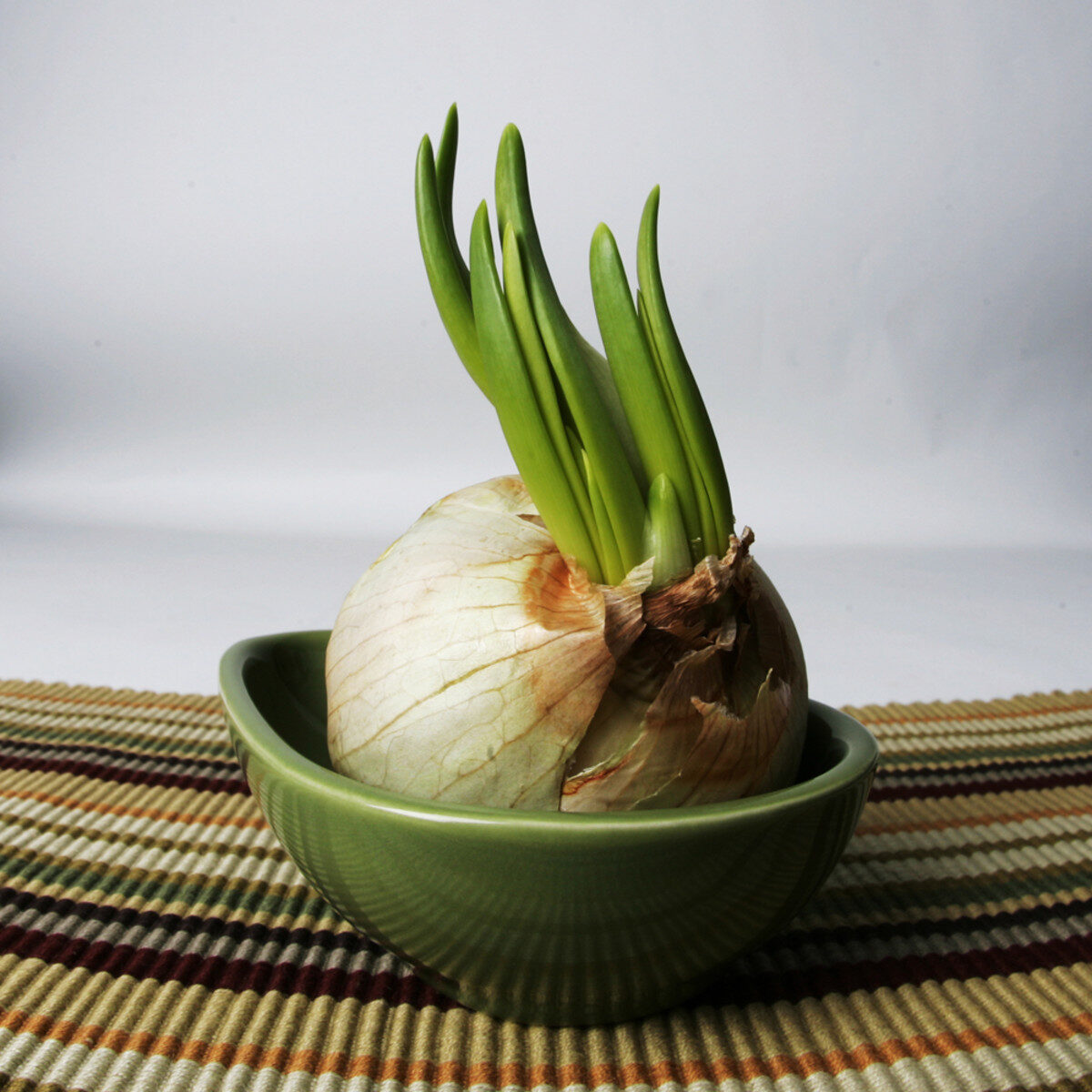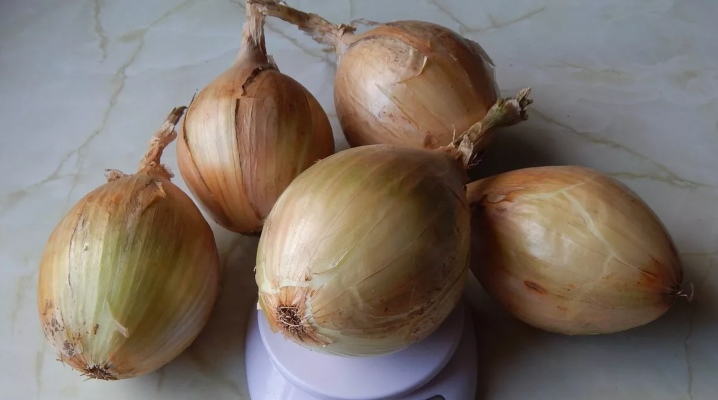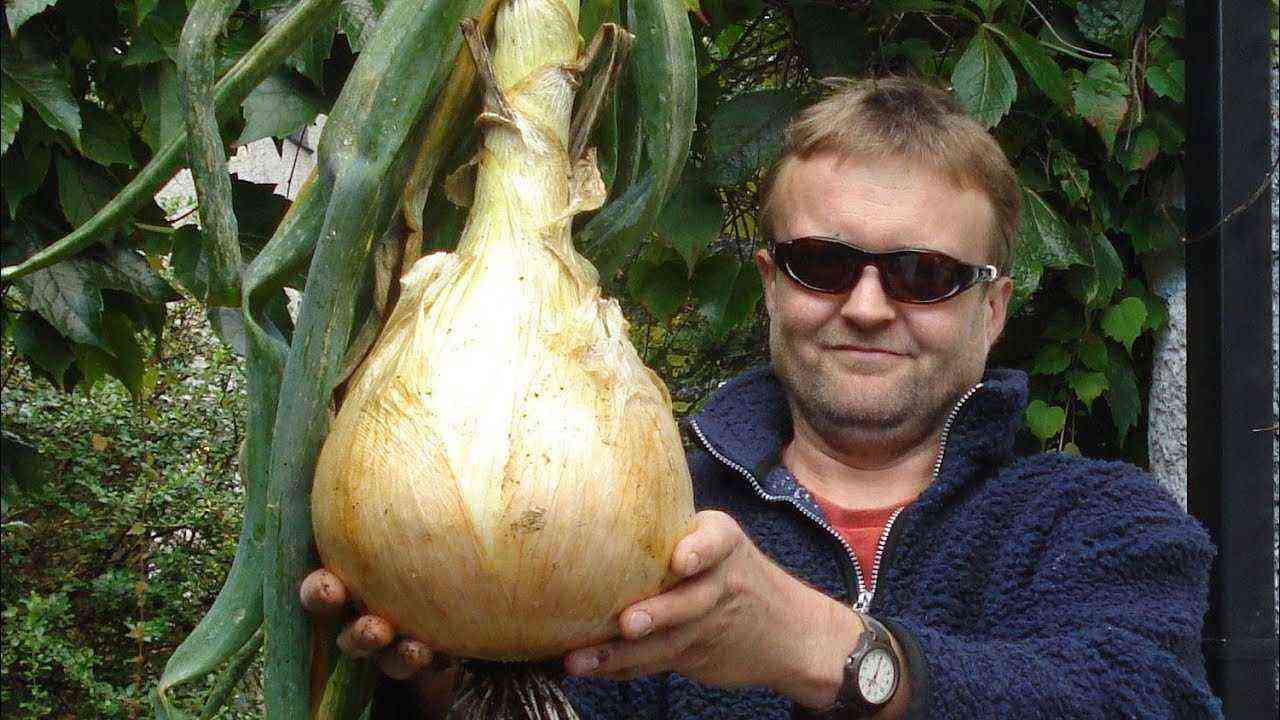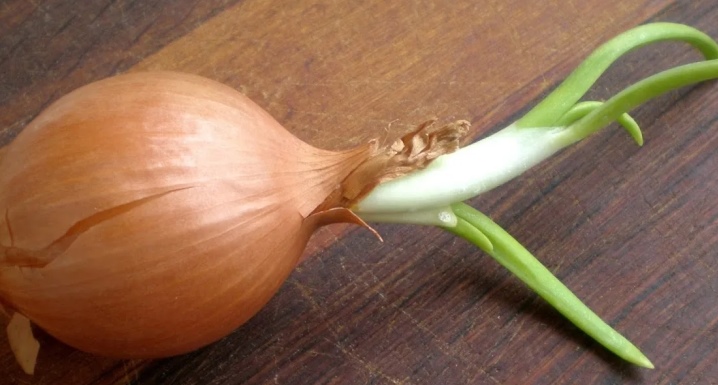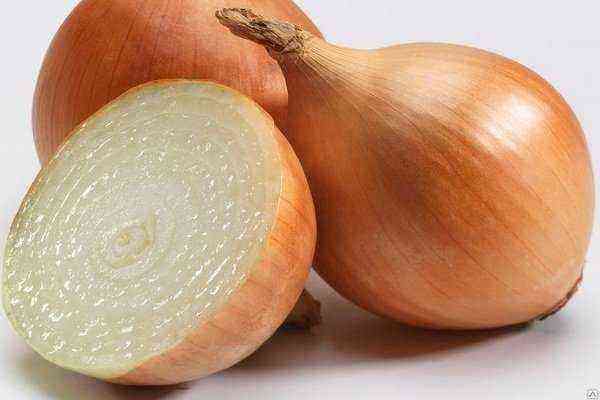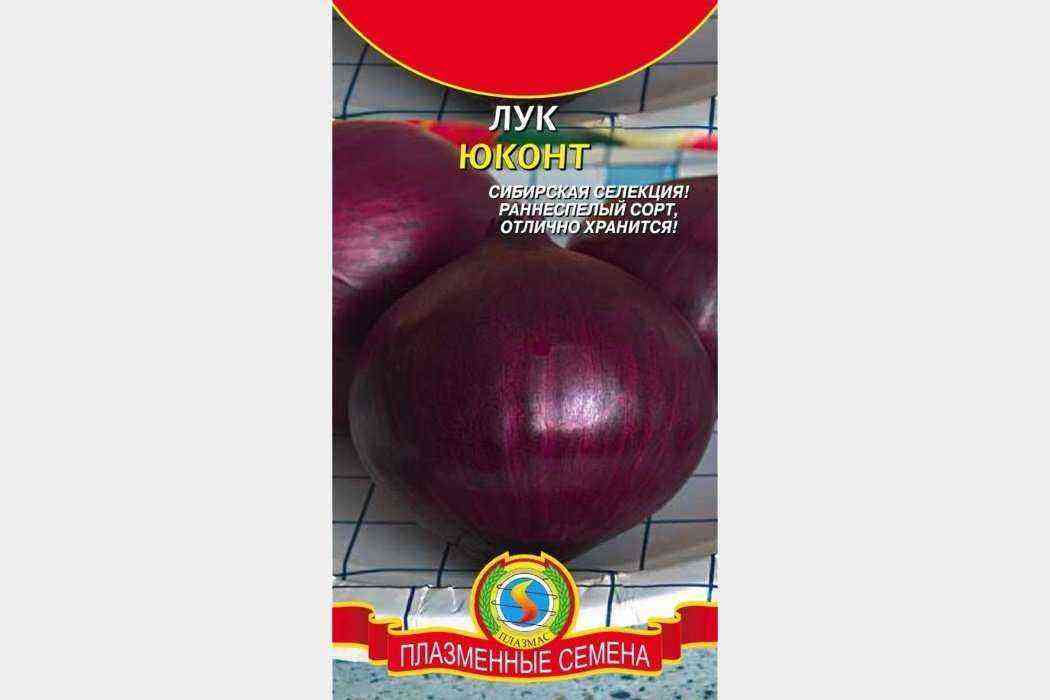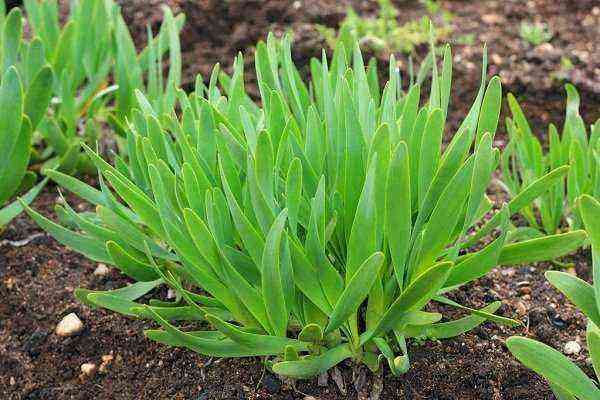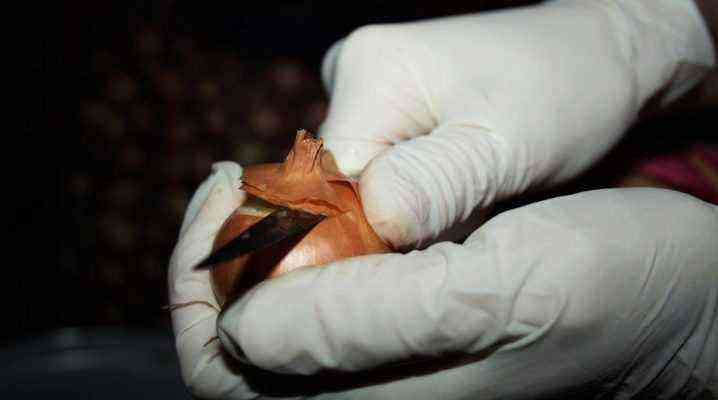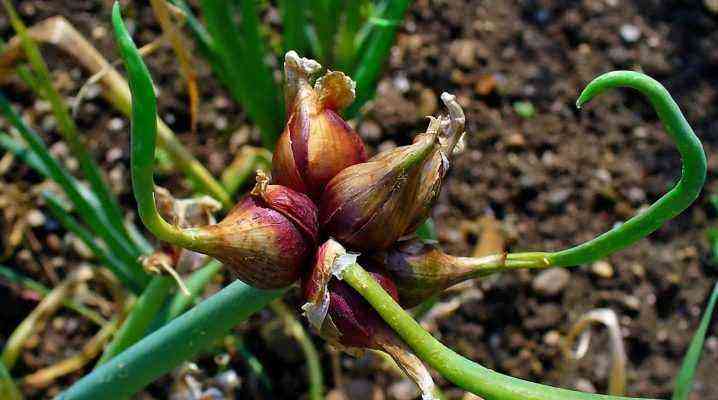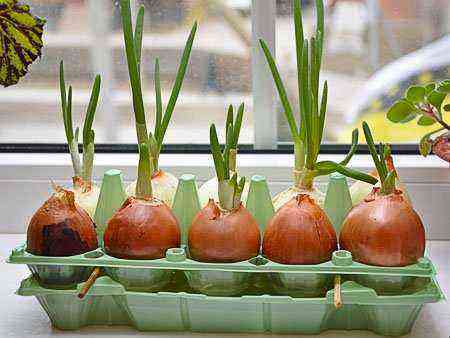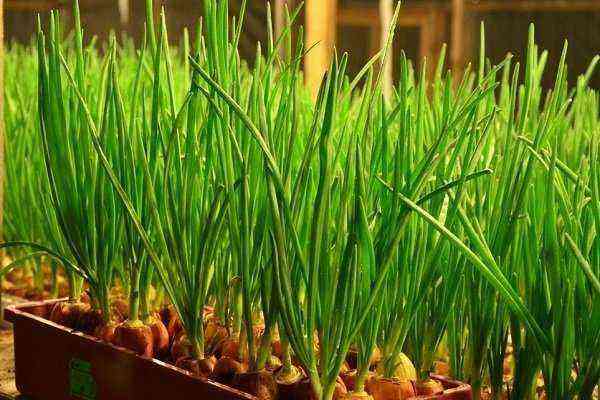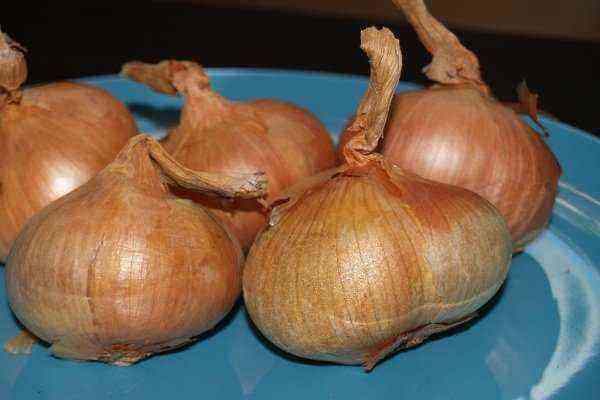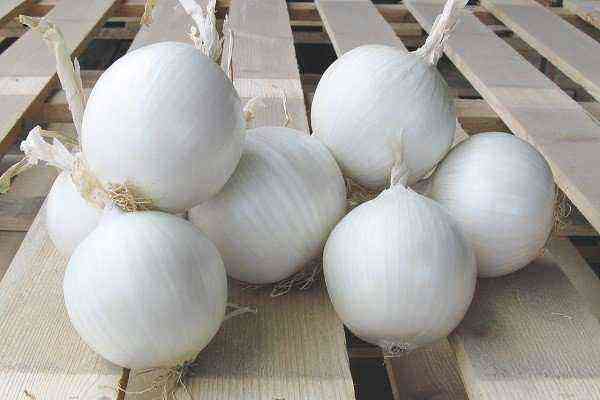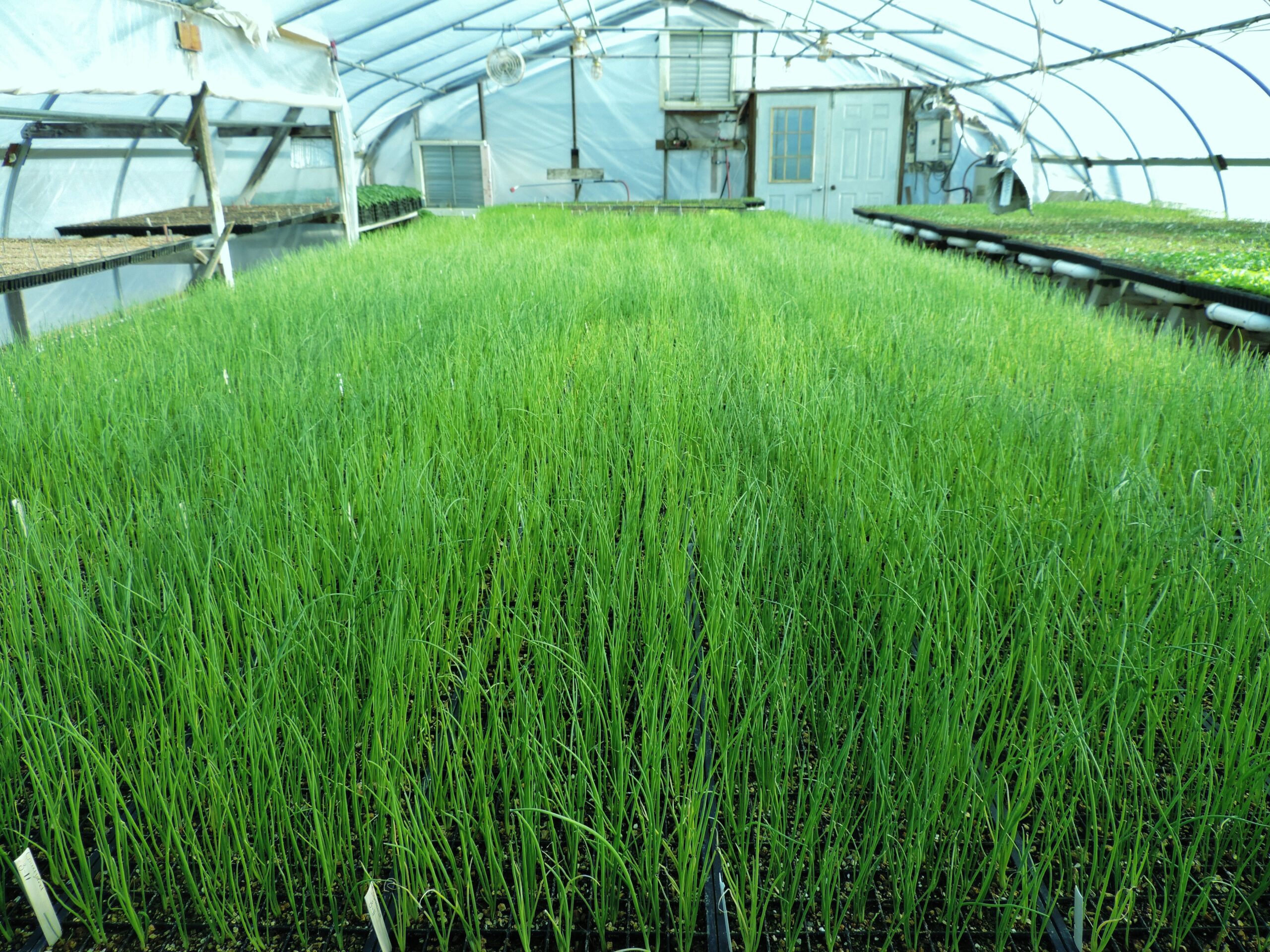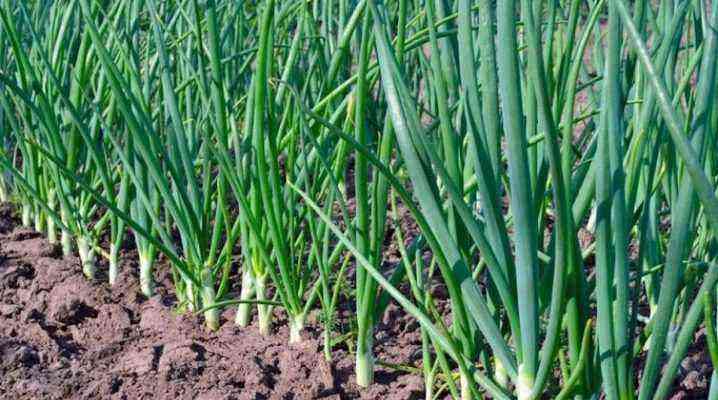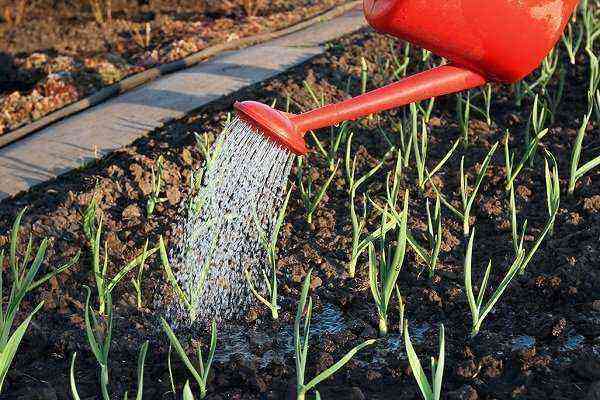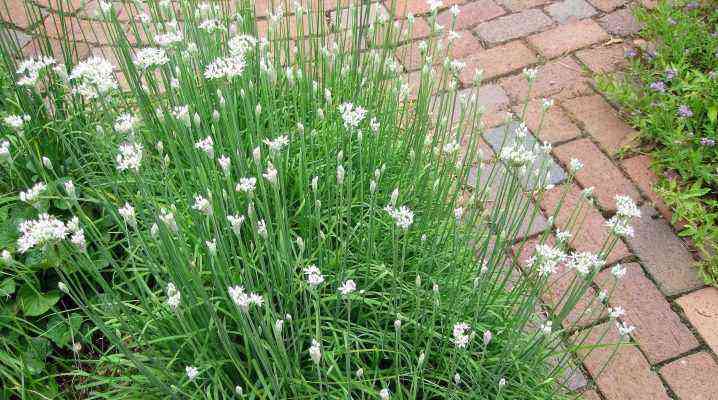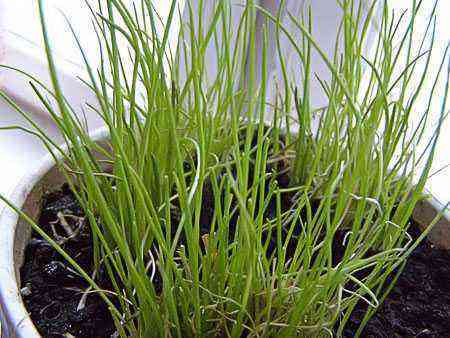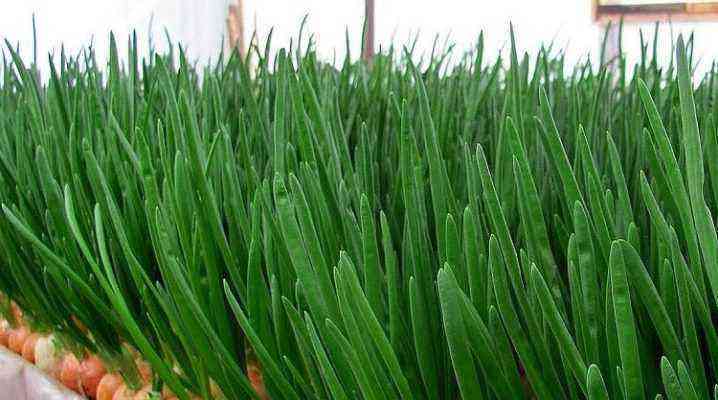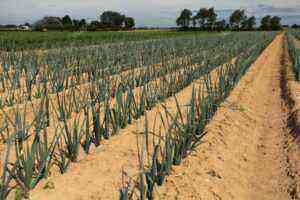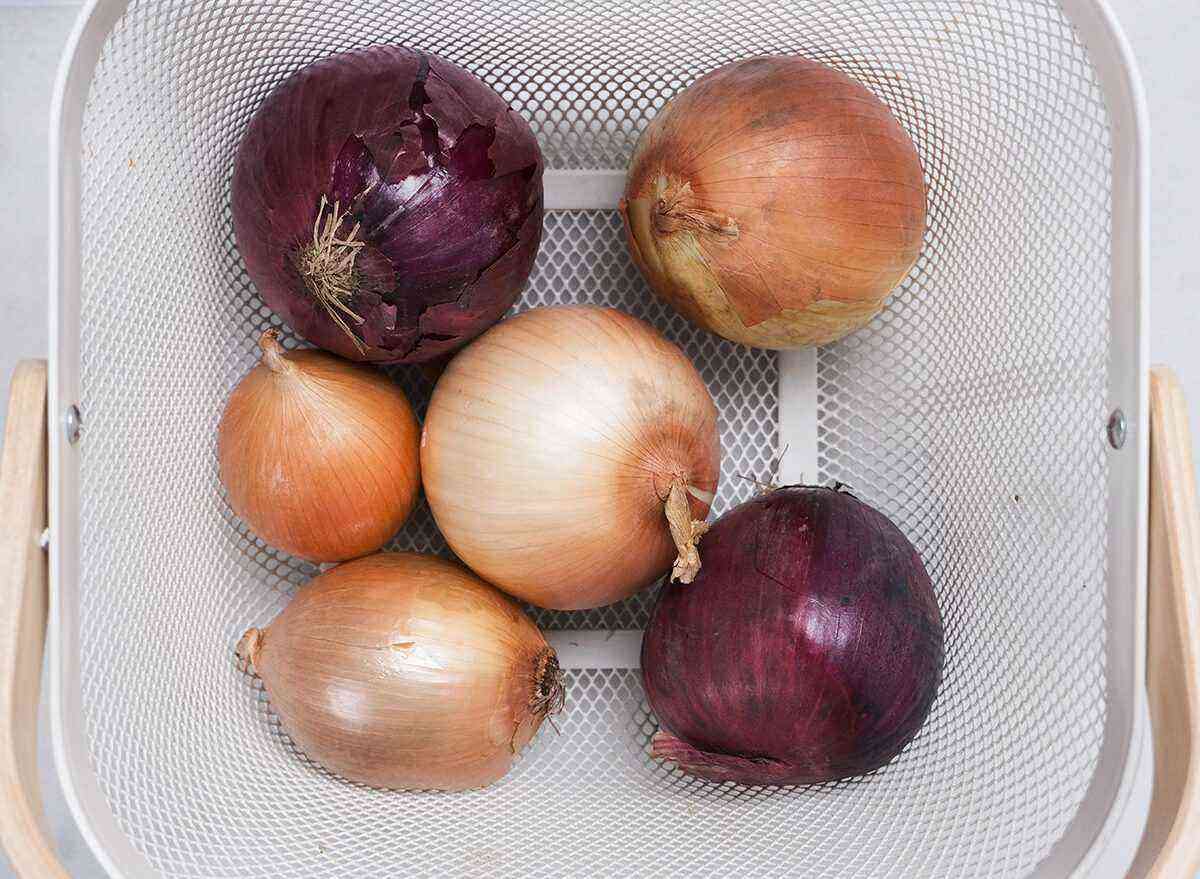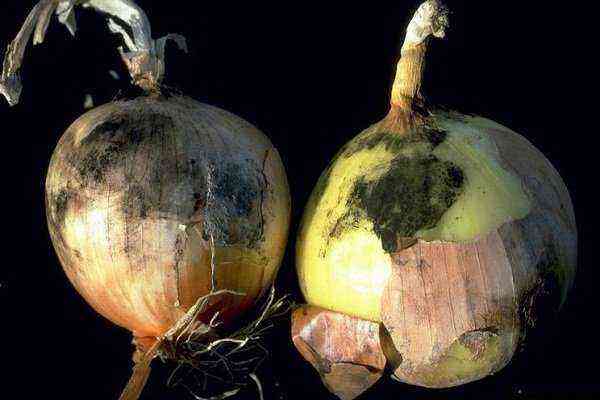
In the spring in the country, when most plants have not yet gained strength of beauty, many gardeners are pleased with decorative onions. This plant is the first to begin to turn green and bloom and is a real decoration of the spring garden. However, it is loved not only for its beauty, it also has many useful properties.

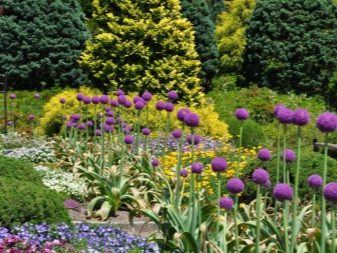
What it is?
Ornamental onions are often perennial, but some varieties are annuals. It blooms for a long time, flowers of different shapes and shades. The flower itself is small, although it is collected in a beautiful massive inflorescence in the form of a ball or umbrella. The flowers are mostly purple, pink or lilac.
According to some reports, there are more than 900 types of decorative onions. Accordingly, most have different flowering start times and duration, so experienced gardeners-decorators, using several species, create gardens of continuous flowering.
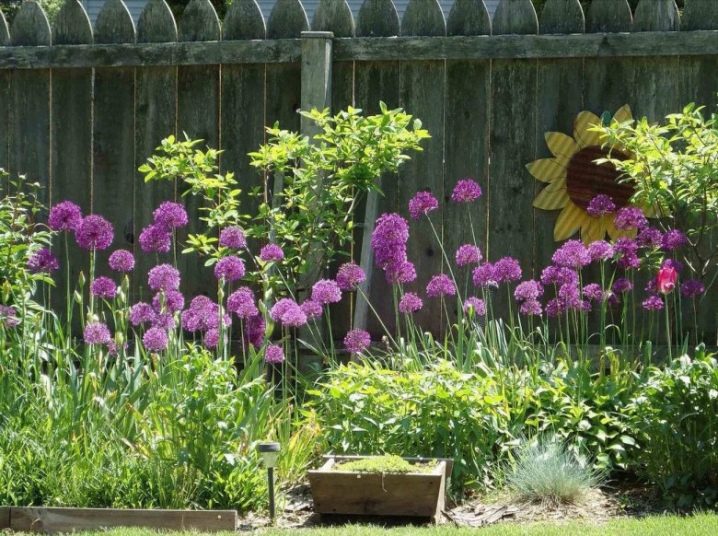
Since this plant has an attractive appearance, it is most often used for decorating home gardens or park areas. However, there are some varieties whose fruits can be eaten. They eat both feathers and the bulbs themselves.
Decorative onions are mainly planted outdoors next to other plants. This is due to its specific aroma containing volatile substances. Not everyone likes the smell of this plant, but it attracts insects to the garden that pollinate other plants, and cleans the air from all kinds of pathogenic microflora.
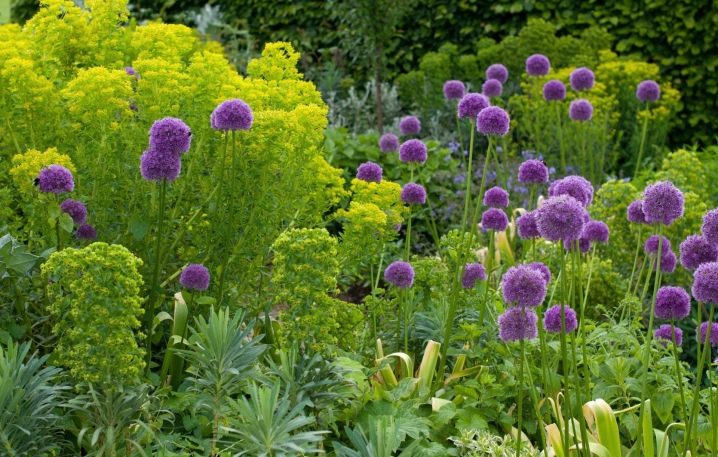
Popular types and varieties
As already noted, ornamental bow has a little less than 1000 species. The common scientific name that unites most of the species is allium (allium). If you give at least a brief description of each type, the article will turn into a huge catalog, so consider the most popular among gardeners and summer residents of our country.
- “Blue bow”. The name speaks for itself, the plant adorns a spherical inflorescence of sky-blue flowers. Among the people, the variety has another name – “Royal”. The onion stalk can grow up to 90 cm.
This is an edible species, both feathers and bulbs of the plant are eaten. It has a delicate taste with garlic aroma.
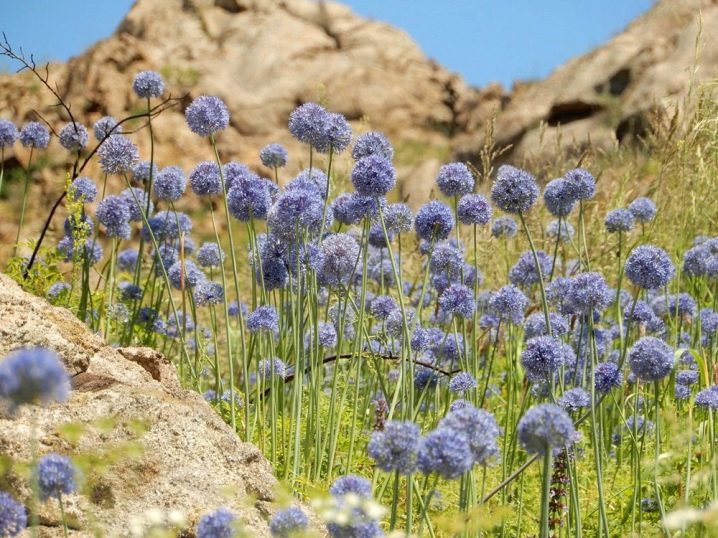
- “Gladiator”. A tall perennial plant with dark green feathers that can be used for food. With proper care, the Gladiator can grow to a height of 1 meter. Its inflorescence shape resembles a large ball with a diameter of almost 2 dozen centimeters. Pointed flowers have a delicate purple hue and a sweetish aroma.

- “Neapolitan bow”. A medium-sized plant, in adulthood reaches a height of no more than 35 cm. It blooms with wide pink flowers, the inflorescence is flat, shaped like an umbrella.
Bred in warm countries and does not like the cold.

- “Rosarium”, or “Pink”. Suitable for decorative purposes only. It has an umbrella-shaped inflorescence of many small flowers. The average growth of mature plants is no more than 40 cm.
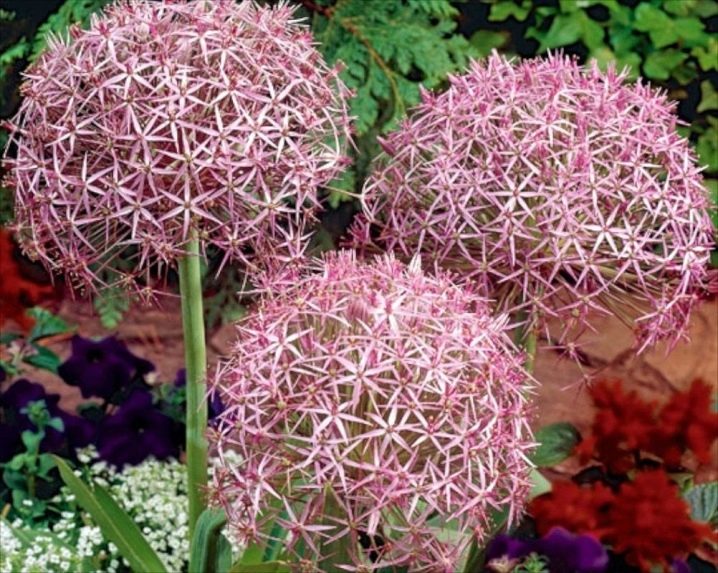
- “Roundhead”. A perennial onion, mostly found in open plains. It blooms with lilac or purple flowers, which form inflorescences in the shape of a regular oval. The peak of flowering occurs at the beginning of summer and lasts about 4 weeks. The growth of an adult plant is about 80 cm.

- “Bulgarian Bow”. It belongs to tall species, reaches a height of about a meter.
The flowers are large, ring-shaped, have an original purple-white color and form a beautiful umbrella inflorescence.
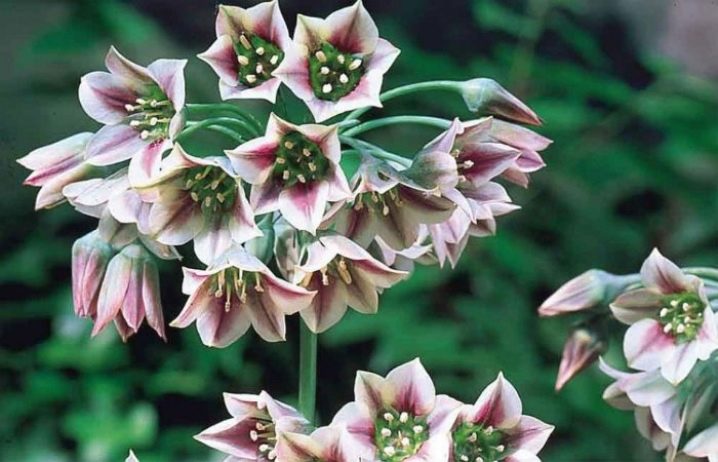
- “Giant”. It comes from Central Asia, is adapted to the harsh climate and is unpretentious, but requires a lot of sunlight and protection from the wind. It is one of the largest plants of this species, the height of the stems reaches almost 2 m. Massive inflorescences have a spherical shape. The flowers are large and come in both purple and white.
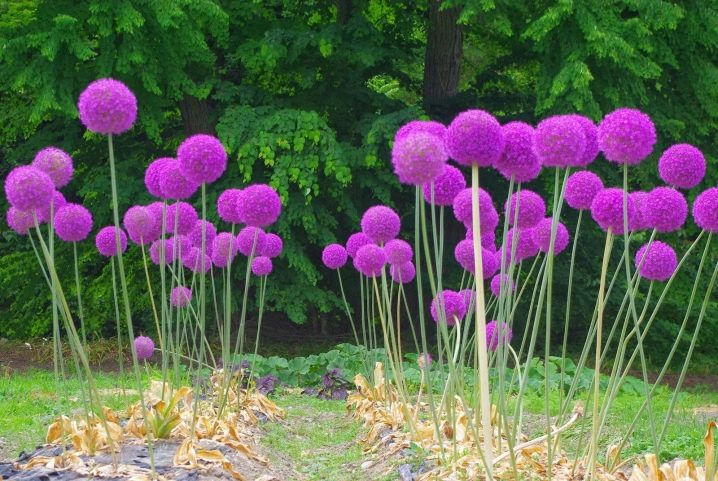
- “Chameleon”. It was born thanks to the hard work of breeders. It tolerates frosty weather, and also has a long flowering period. It grows no higher than 60 cm. It gives pale pink flowers that gather in round inflorescences.
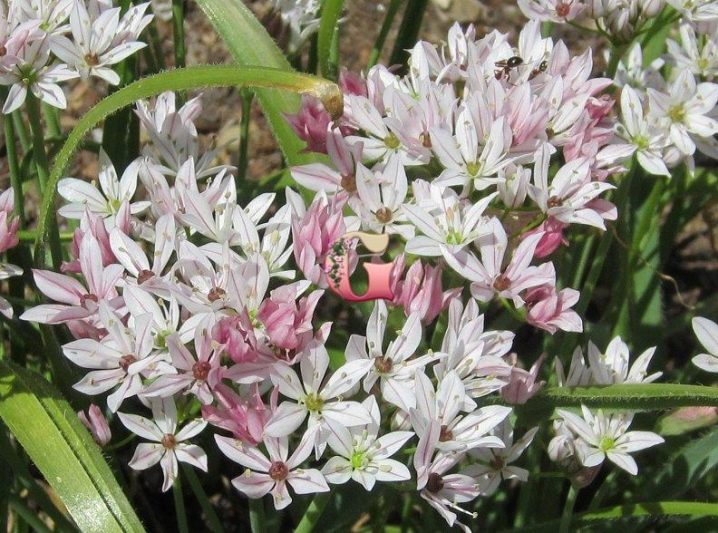
- “Ostrovsky”. An undersized type of onion, grows up to 30 cm or more. Great as a garden decoration.
It has large beautiful raspberry-colored flowers, which also smell pleasant.
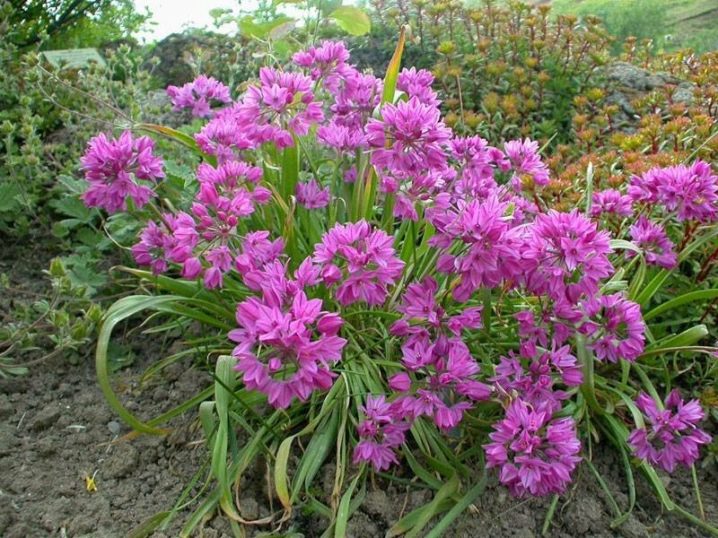
- “Chive”. A perennial plant that is eaten and can serve as an excellent addition to the garden. This variety is planted not only outdoors, but also at home. It grows no higher than 60 cm, blooms almost all summer, the flowers are light pink or purple.
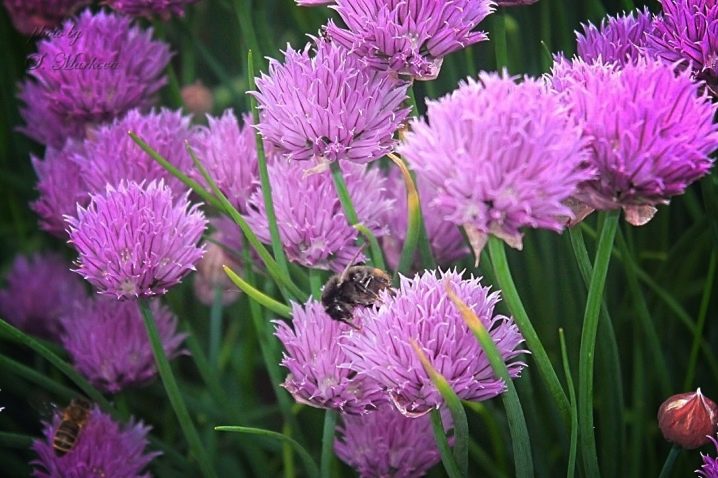
- “Stalked”. Perennial, in the wild it is found in the foothills of the Pamirs.
A beautiful, but rare type of onion, even listed in the Red Book.
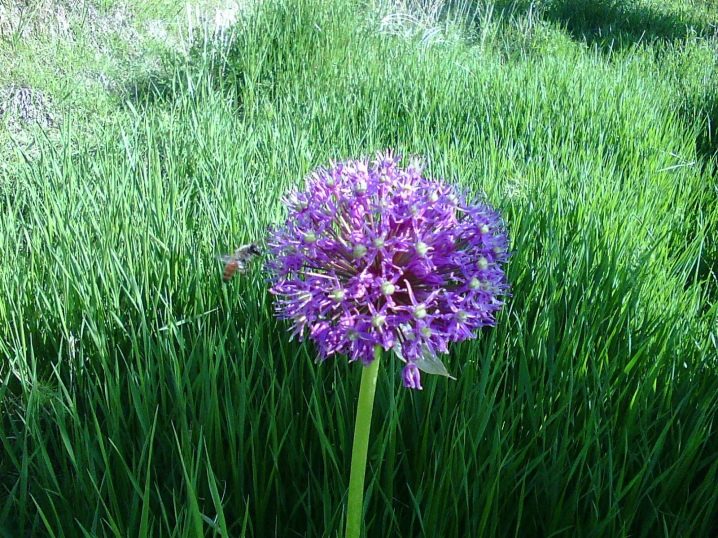
- “Luke Schubert”. Perennial plant. The bulb is shaped like a ball or an egg. The leaves are bright green with a bluish bloom, rough, up to 3 cm thick. Rare flowers are collected in spherical multi-flowered umbrellas. The star-shaped perianth is white or pink. A dirty purple or greenish vein runs through the tepals. Flowering stems are tubular, empty, grow up to 60 cm long. The fruit is a box. The flowering period is from mid-May. Flowering lasts up to two weeks. One of the oldest known varieties, cultivated since 1896.
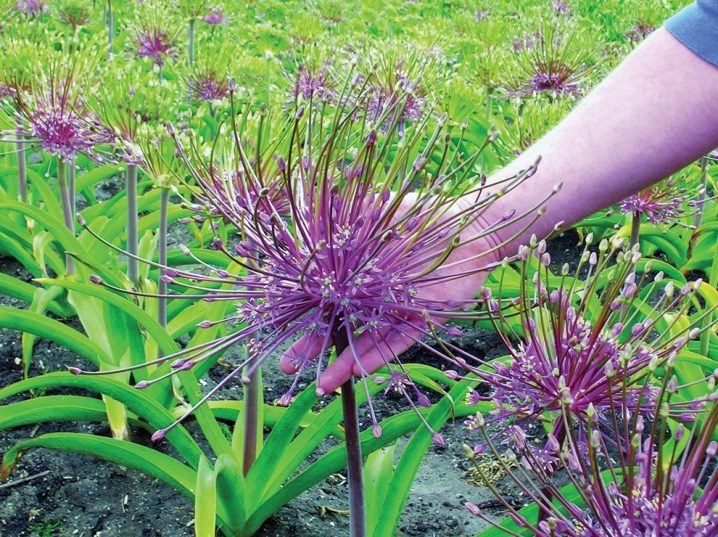
- “Dutch Bow”. Like most ornamental varieties – perennial. The flowers are deep purple or white. The inflorescence is spherical and reaches a quarter of a meter in width. There are specimens under 2 m in height.
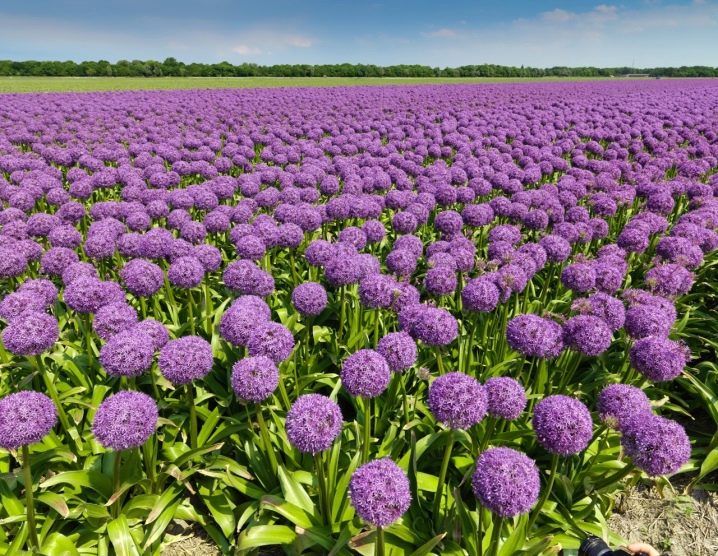
Landing
There are several ways to propagate ornamental onions. Let’s look at three main ones.
Seeds
This method of planting is familiar to most gardeners. However, it must be borne in mind that it takes quite a long time to wait for flowers from a plant planted in this way. At least it is 2-3 years, but some varieties ripen up to 7 years. Seeds can be purchased at specialized stores or collected independently.
Seeds are taken from the largest and first specimens only after maturation. In general, sowing does not differ from other plants, however, each variety has its own characteristics in terms of planting dates. There are varieties that need to be planted in the winter, the only way they undergo stratification in a natural way.
Some varieties prefer only spring or autumn planting in open ground.
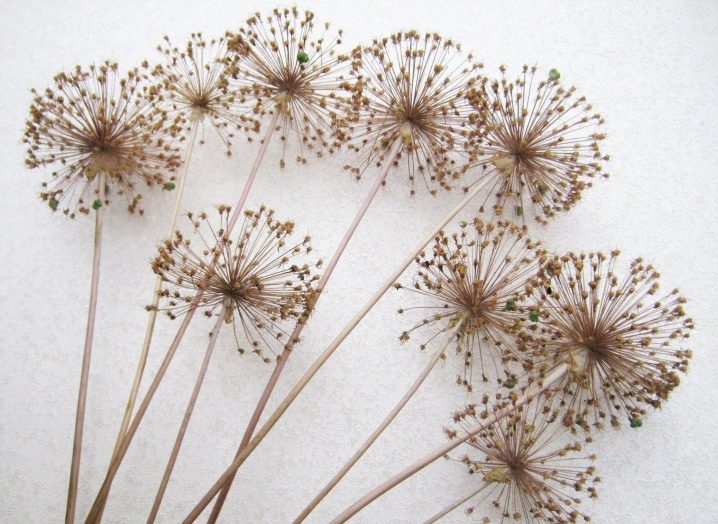
When planting a decorative onion, it is recommended to follow a certain algorithm.
- Carrying out stratification. The plant must go through the winter cycle, feel cold and wet. This has a positive effect on seed germination and germination. However, this stage is more suitable for those varieties that are planted in the spring.
- Disinfection. In most cases, a weak solution of potassium permanganate is suitable for this. There is no need to keep the seeds in solution for a long time.
- Soil preparation. Before planting in open ground, it is recommended to grow seedlings from seeds. For this, either ready-made land mixture from the store or cleaned turf or humus is suitable.
- Sowing seeds. This variety of plants cannot boast of high germination, so it is better to germinate the seeds, after soaking them, and after they hatch, plant them. There is also no need to bury the seeds too deep, a depth of 2-3 cm is enough, you can sprinkle with earth on top and moisten.
- Immediately after the emergence of sprouts, you can make dive.
- Before planting in the ground, seedlings must undergo a process hardening. It needs to be started approximately 12-16 days in advance. Finding plants in the fresh air should begin with a quarter of an hour and gradually increase the time.
- After 1-1,5 months, the seedlings will be ready to take their main place. Before planting seedlings, the ground also needs to be prepared. The selected place must be dug up, cleaned of weeds and extraneous roots, and then leveled. For the plant, you need to make grooves 10 – 12 cm deep and moisten them, after planting it is also recommended to pour everything with water.
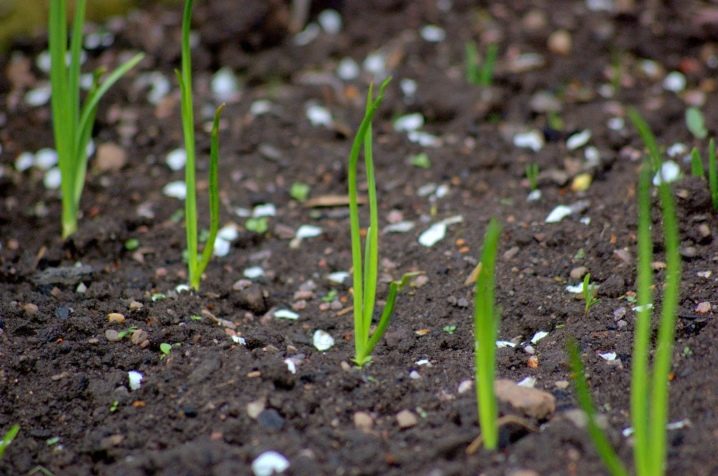
It is worth noting here that the decorative onion is a light-loving plant and does not tolerate shade and partial shade. In addition, when in soil with high acidity, it often gets sick. When propagating ornamental onions with seeds, one nuance is observed, the color of the flowers may turn out to be paler than that of the mother plant.
Planting bulbs
This method is suitable for plants that are planted for the first time or transplanted after several years of life. In addition, experienced gardeners are advised to dig up the bulbs for the winter to protect them from the cold. In the cold period, they can be stored in peat or sawdust at a temperature of at least 10-15 degrees.
Planting bulbs is carried out as follows.
- Sort planting material, select and discard rotten and damaged bulbs.
- Strong and strong bulbs disinfect fungicide solution, and then dried.
- Immediately before boarding bulbs can be warmed up, which will provide additional prevention from pests.
- The selected planting site is prepared in the same way as for seeds.. The difference is that the bulbs need drainage. To do this, you need to add a small amount of sand to the soil, it will remove excess moisture.
- The bulbs are buried to a depth twice their own height. Between plantings, it is required to leave from 10 to 40 cm, depending on how strongly the selected variety grows.
- After planting, it is required to moisten the plants abundantly.
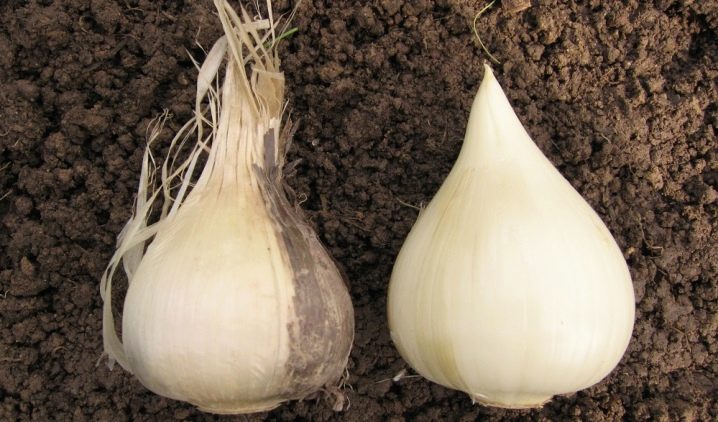
Butylocks
Bulbs are the common name for the small bulbs that form on the inflorescence after the flowers have withered.. However, not all types of decorative bows are tied, so this method is not suitable for everyone.
Bulbs are planted in the ground mainly at the end of summer, so that they have time to take root before the onset of cold weather. They are buried in the ground to a depth of 5 to 8 cm, depending on the plant variety.
This method of planting has the advantage over seeds in that the plant begins to bloom earlier, a maximum of a year later.
In addition, an adult plant planted in this way will retain all the characteristics inherited from the parent. It will be identical in size and color brightness.
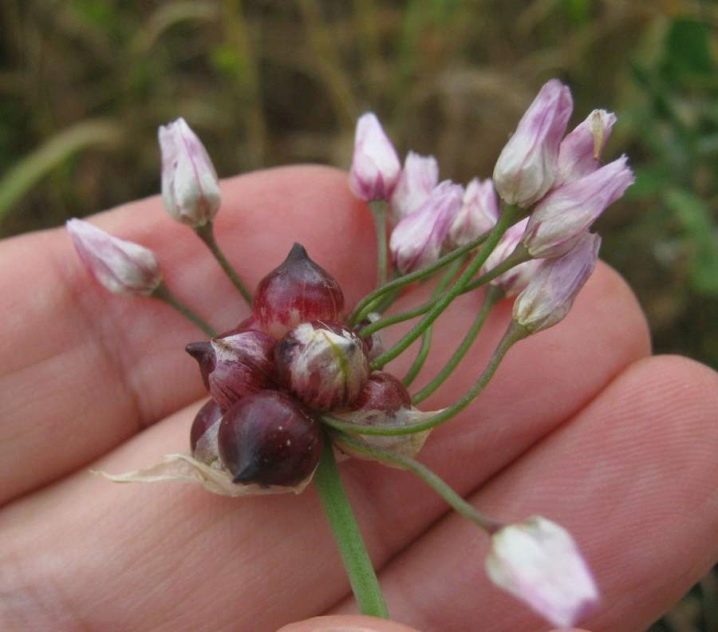
Care
In order for the plant to please the eye as much as necessary, an integrated approach to cultivation is required. Although all activities are simple and even a novice gardener can do it.
Watering
Ornamental onions are especially demanding on moisture during the growth period. It is necessary that the earth, in the place where the root is located, be constantly wet. Water onions at least twice a week.
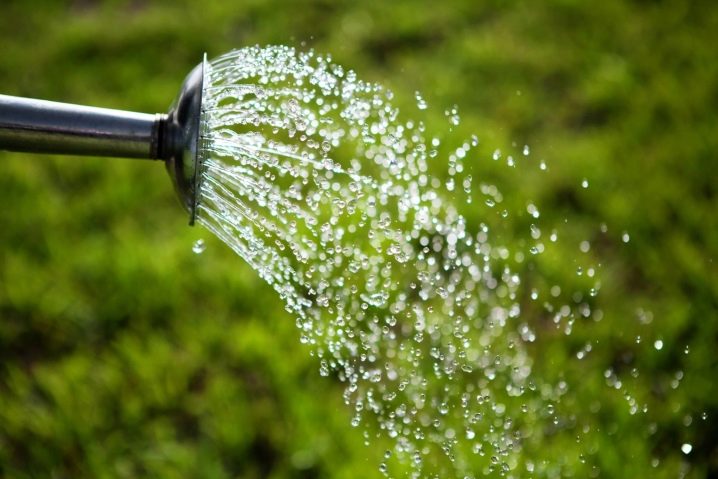
Loosening
Due to frequent watering, the earth around the roots is compacted, so at least once a week you need to carefully loosen the earth around the plant.
Onions also respond well to mulching, any loose organic material is suitable for this, as well as mowed dried grass.
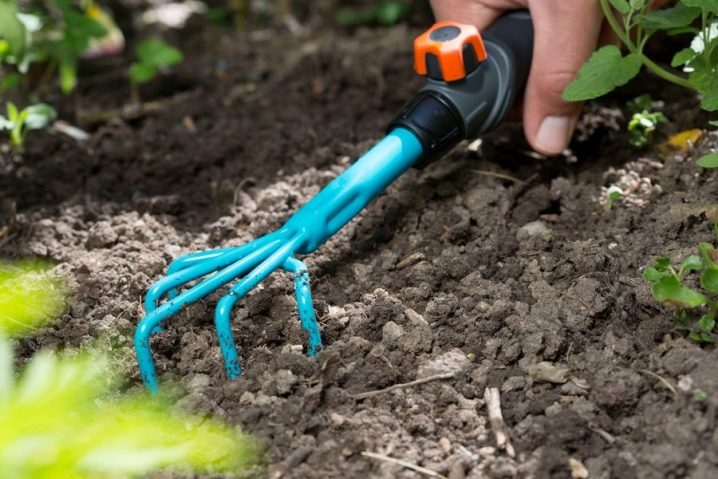
Additional fertilizing
You need to feed decorative onions 3 times per season.
- In the spring, a solution of urea is used for top dressing (2 tablespoons per 10 liters of clean water).
- In the middle of summer there is liquid manure, which is diluted 1 to 10.
- Closer to winter, the plants are sprinkled with ready-made mineral complexes for bulbous plants. They are sold in seed stores and have instructions for use on the package.
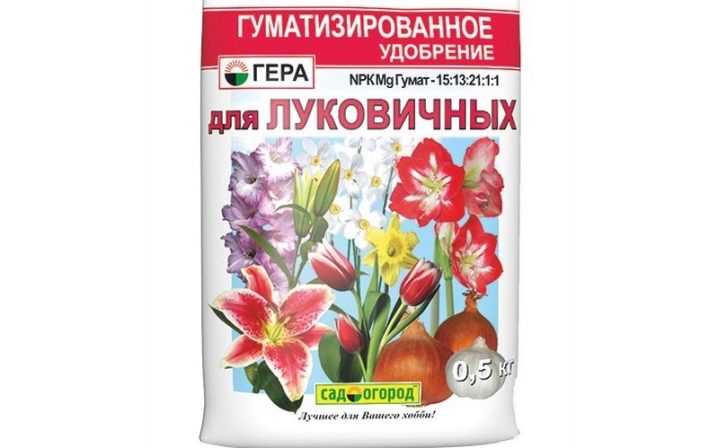
Application in landscape design
Decorative bow goes well with all the beautiful perennials. However, the most advantageous composition is obtained from well-chosen in color and size different varieties of alliums.
When using this plant in the decor of the garden plot, you need to follow a few recommendations.
- Alpine slides and rockeries are well decorated with undersized plants.
- In flowerbeds, along with tulips, you can plant tall onions of the Giant variety. They combine well in terms of flowering time.
- If you plan to decorate the garden with decorative onions, you must first analyze the compatibility of colors, shapes, flowering periods and plant sizes.
- A flower bed decorated with colored alliums of different heights looks spectacular.
